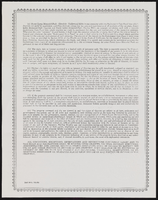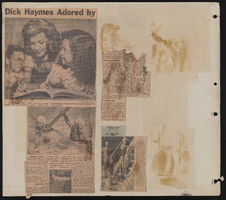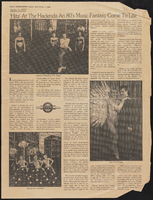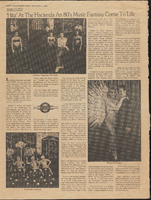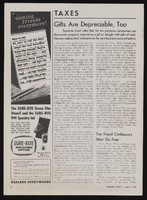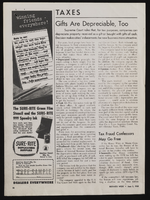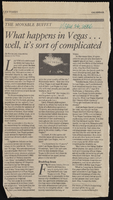Search the Special Collections and Archives Portal
Search Results
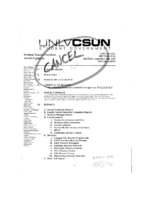
Meeting minutes for Consolidated Student Senate, University of Nevada, Las Vegas, September 26, 2005
Date
2005-09-26
Archival Collection
Description
Includes meeting agenda. CSUN Session 35 Meeting Minutes and Agendas.
Text
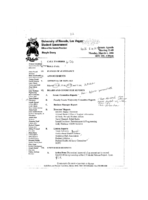
Meeting minutes for Consolidated Student Senate University of Nevada, Las Vegas, March 04, 2002
Date
2002-03-04
Archival Collection
Description
Includes meeting agenda. CSUN Session 32 Meeting Minutes and Agendas.
Text
Pagination
Refine my results
Content Type
Creator or Contributor
Subject
Archival Collection
Digital Project
Resource Type
Year
Material Type
Place
Language
Records Classification

